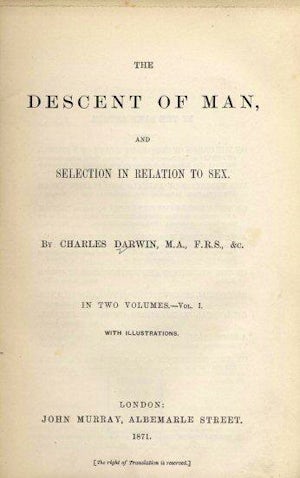1910 Speaking about the passage of the Immigration Act of 1910, William Scott—then Superintendent of Immigration—observed the following:
“The discussion which took place upon the bill showed that Canada, in common with other young countries, whose natural resources attract the residents of the overcrowded communities of Europe, is fully aware of sifting ‘the wheat from the chaff’ in the multitudes who seek her shores.”
In the spirit of making sure that only the best individuals entered and remained in Canada, the Immigration Act of 1910 gave Cabinet the power to deny entry to prohibited classes of individuals, and also strengthened the government’s power to deport immigrants belonging to those same “prohibited classes.” Those classes were, according to the act:
(a) idiots, imbeciles, feeble-minded persons, epileptics, insane persons, and persons who have been insane within five years previous;
(b) persons afflicted with any loathsome disease, or with a disease which is contagious or infectious, or which may become dangerous to public health…
(c) immigrants who are dumb, blind, or otherwise physically defective, unless in the opinion of a Board of Inquiry or officer acting as such they have sufficient money, or have such profession, occupation, trade, employment, or other legitimate mode of earning a living that they are not liable to become a public charge or unless they belong to a family accompanying them…
(d) persons who have been convicted of any crime involving moral turpitude;
(e) prostitutes and women and girls coming to Canada for any immoral purpose and pimps or persons living on the avails of prostitution;
(f) persons who procure or attempt to bring into Canada prostitutes or women or girls for the purposes of prostitution or other immoral purpose;
(g) professional beggars or vagrants, or persons likely to become a public charge;
(h) immigrants to whom money has been given or loaned by any charitable organization for the purpose of enabling them to qualify for landing in Canada under this Act.
These restrictions served the interests of eugenicists, because entry was denied not only to individuals with physical and mental disabilities, but also to those whose failings were moral in nature: it was commonly believed by early eugenicists that social or moral traits like pauperism and criminality were passed from generation to generation, so keeping those individuals out of Canada was good for the country’s future.
Another interesting feature of the Immigration Act of 1910 had to do with the amount of money immigrants were required to have in their possession in order to enter Canada. In 1908 an amount of $25 was required for everyone. However, this amount was raised to $200 for Asiatic immigrants, with an exception for those that came from China or Japan. The reasoning behind the increased amount of money required was that “the language and mode of life of immigrants from Asia render them unsuited for settlement in Canada when there are no colonies of their own people to ensure their maintenance in case of their inability to secure employment.”
-Caroline Lyster
Matas, D. (n.d.) Racism in Canadian Immigration Policy. Part One: The History. Retrieved from http://pi.library.yorku.ca/ojs/index.php/refuge/article/download/21485/20160.
Government of Canada. (2006). Forging our Legacy: Canadian Citizenship and Immigration, 1900-1977. Retrieved from http://www.cic.gc.ca/english/resources/publications/legacy/chap-3.asp#chap3-4.
Government of Canada. (1910). An Act respecting Immigration. Retrieved from http://eco.canadiana.ca/view/oocihm.9_07184/2?r=0&s=1.
Sarah M. (2012). Immigration Act 1906 & 1910. Canadian Immigration Timeline. Retrieved from http://canadian-immigration-timeline.blogspot.ca/2012/01/immigration-act-1906-1910.html.
Canadian Museum of Immigration at Pier 21. (2013). Immigration Act 1910. Retrieved from http://www.pier21.ca/research/immigration-history/immigration-act-1910.
 1869:
Galton publishes Hereditary Genius
1869:
Galton publishes Hereditary Genius
 1871:
Charles Darwin publishes The Descent of Man
1871:
Charles Darwin publishes The Descent of Man